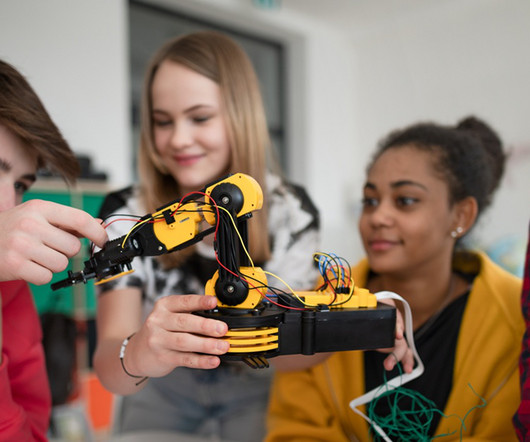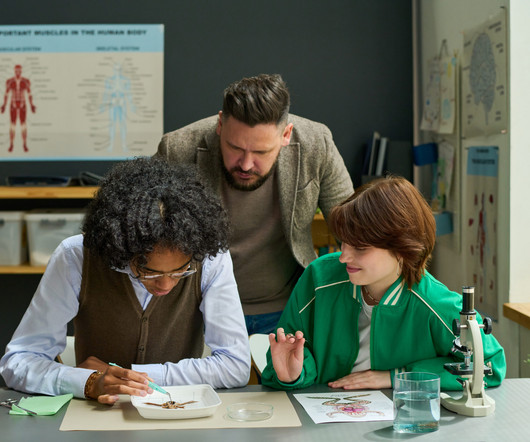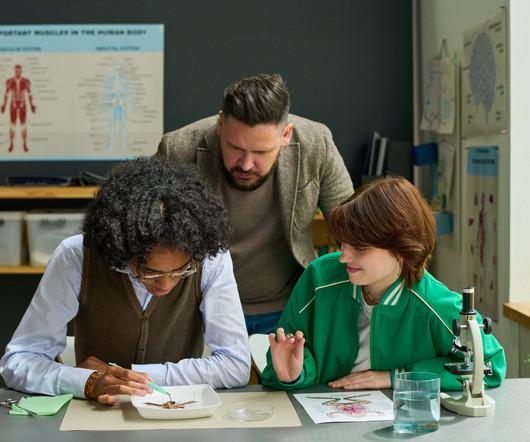11+ Strong Class Projects for Middle School Engineering Classes
Teachers Pay Teachers
JULY 15, 2025
Perfect for an NGSS -aligned lesson on materials science or consumer engineering, this project can work for any number of fragile items inside an indestructible case, including a water balloon or delicate block creation. Consider having groups work together in a team-building exercise or letting individuals try their hand (get it?)













Let's personalize your content